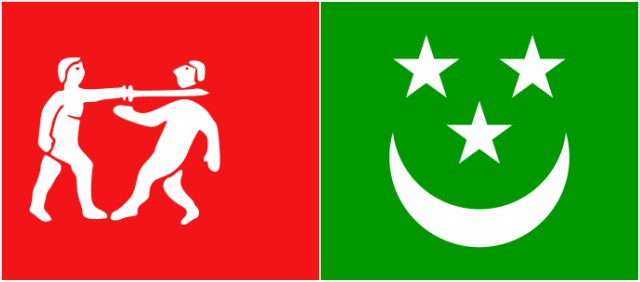People used flags since before we began recording history. A flag is a piece of colored fabric or material that is used to symbolize movements, peoples, and even individuals.
However, one of the most popular uses of a flag is to symbolize a nation or country. Flags come in many different sizes, shapes, and colors. Designing a flag is a big challenge since people who design flags must get their message and information on the flag without using many words or pictures.
Many flags have the same basic patterns but some of the flags are unique and there is also a unique story behind them.
1. Nepal
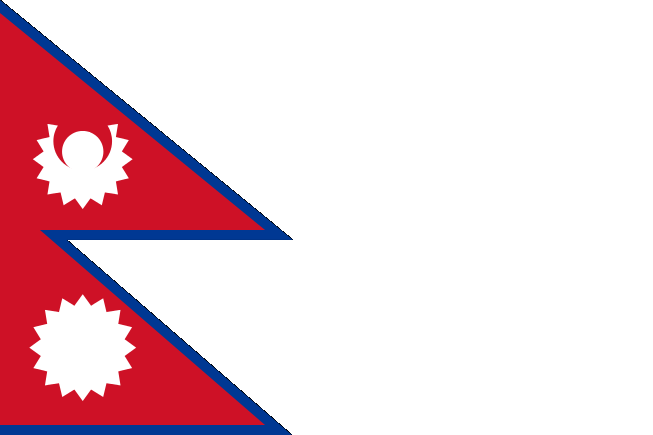
Nepal’s flag was officially adopted on December 16th, 1962 and it’s the world’s only non-quadrilateral flag. The two triangles represent Himalaya Mountains and the two major religions, Hinduism and Buddhism. The blue trimming symbolizes peace and harmony and also represents the vast natural water resources of the country.
The red color represents the color of the rhododendron, Nepal’s official flower and indicates the brave spirits of the Nepalese. It is said that the crescent moon represents the royal house and the calm character of the Nepalese while the sun represents the Rana family and the fierce and bold character of the people from Nepal who fended off threats from enemies.
2. The Benin Empire
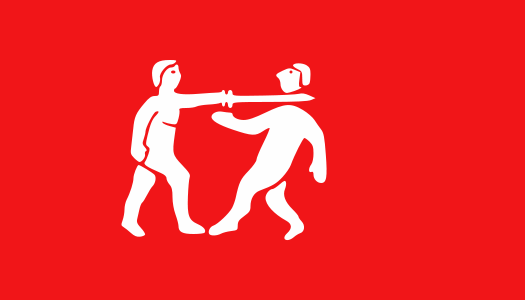
This unusual flag shows one figure decapitating another using a sword against a red background.
Admiral F. W. Kennedy brought the flag to Britain after the 1897 Benin expedition and the original is now located at the National Maritime Museum in Greenwich. Not much is known of the flag’s origins or whether the flag had any official usage or connection to the Empire’s central government.
3. North Caucasian Emirate
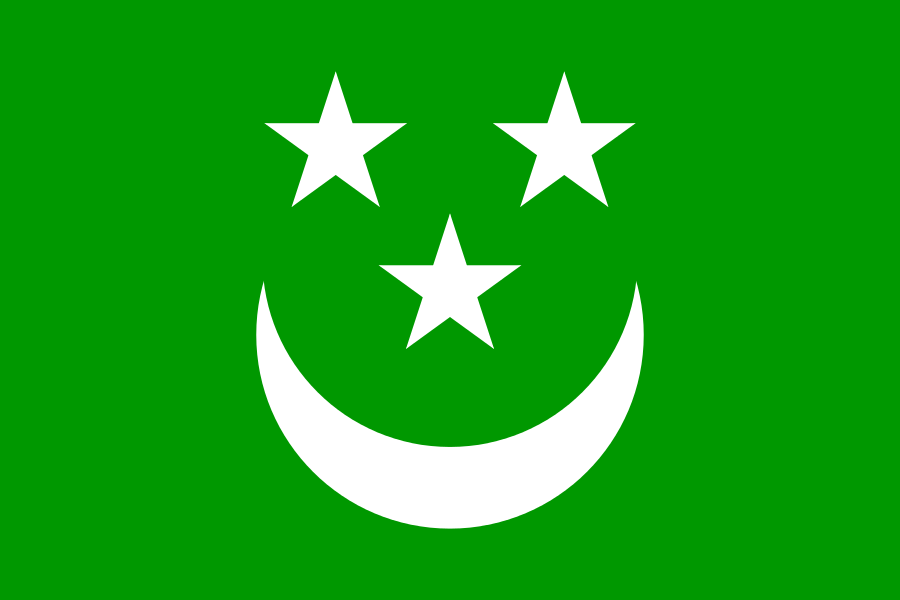
In 1919, in the midst of the Russian Civil War, Muslims rose up in today’s Dagestan and Chechnya, attacked the White Russian forces in the region and established this state. However, the North Caucasian Emirate’s six-month existence came to an end in March 1920, when it was incorporated into Soviet Russia.
It’s commonly known that the star and crescent along with the green color are typical Islamic elements in the flag, but it’s interesting that they were arranged in a simulacrum of a smiling face.
4. Mozambique
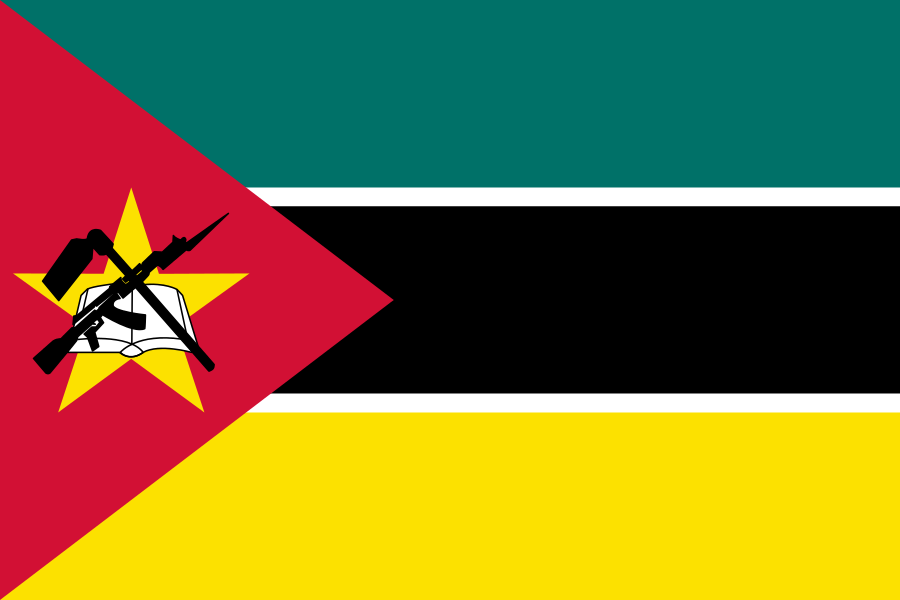
The Mozambican Flag is the only flag that has a symbol of a modern weapon .
The green color is a symbol of the fertile land, the red of the struggle for independence, the yellow of the country’s mineral resources, the signifies peace and the black color represents the African continent.
However, what is most interesting about the flag of Mozambique is the image of an AK-47 with an attached bayonet emblazoned in the center of the insignia. It is debated by many that the weapon signifies violence and civil war and that it should be completely taken off the flag.
5. Sardinia
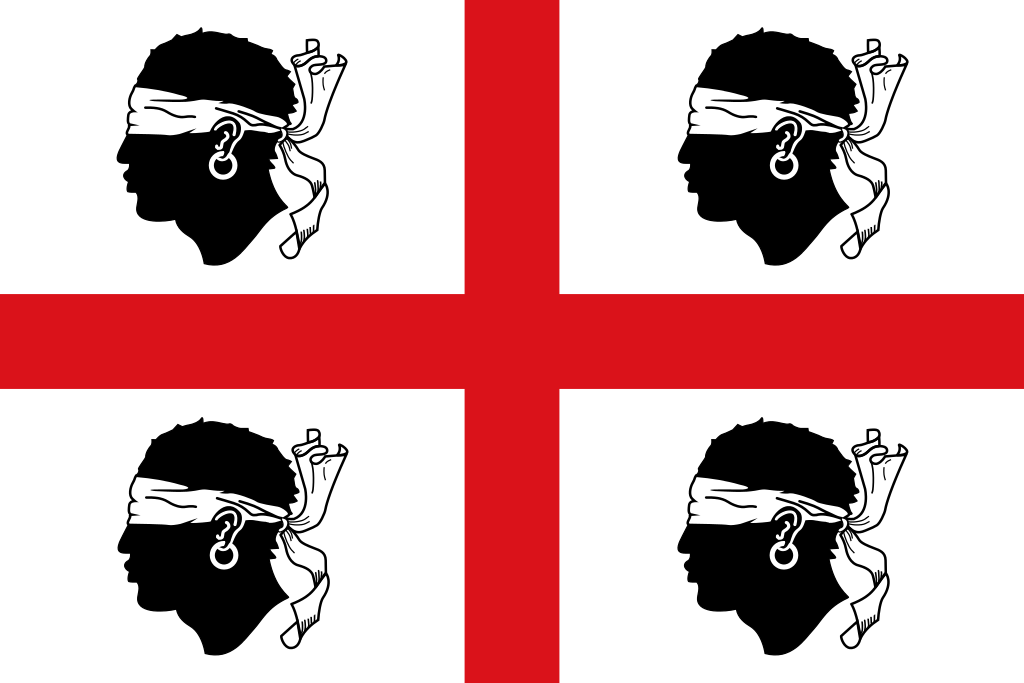
It is composed of the bandaged heads of four Moors in profile, arranged on a St George cross.
Originally, the meaning of the flag of Sardinia was related to the war events of the Kingdom of Aragon that ruled the Sardinia from 1324 AD to 1479 AD.
The four heads represent four victories achieved by the Kingdom of Aragon against the invading Moors: Zaragoza, Valencia, Murcia and the Balearics.
